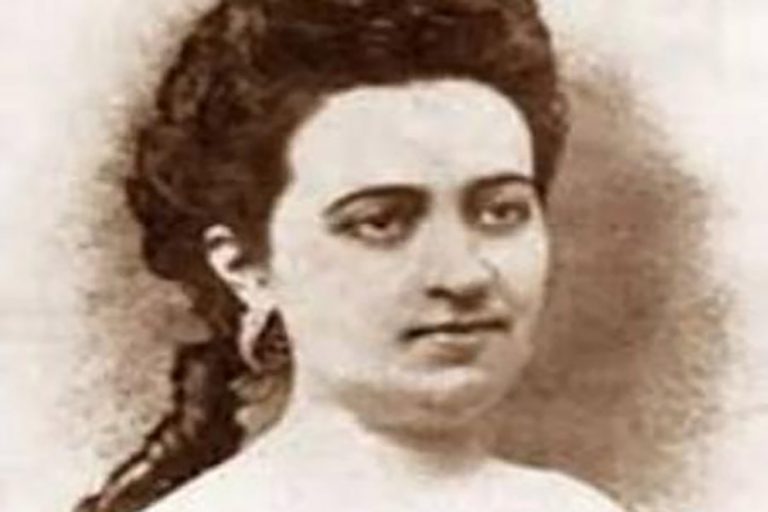There are traces that not even her physical disappearance can erase. The merits, the stories and the anecdotes transcend from generation to generation; and in each one, there is the opportunity for historians to unravel unforgettable essences.
Amalia Simoni’s references are generally accompanied by her relationship with Ignacio Agramonte, a paradigm of Cubans who, at only 33 years of age, left an enduring example of character, courage, thought, culture, patriotism, passion, and political-military action.
Guilty? Various are the answers. The campaign literature on the 19th century that, written by men and in correspondence with the mentality of the period, makes invisible the presence of women in the liberation deeds, or reduces them to the role of nurses and companions of patriots.
The tendency of some 20th century historians who study few female examples, and reiterate the position of drowned wives, mothers of great patriots or women who heal in campaigns, in exile and cities, sew uniforms and flags, and sometimes serve of confidants.
Amalia Simoni Argilagos has a similar fate among national and even local historical studies. “El Mayor’s wife” remains submerged in that condition, regardless of the fact that the testimony of her life reminds the Cuban that, in an intransigent position in response to the request of the Spanish general Ramón Fajardo Izquierdo, she prefers to have her hand cut off before writing Ignacio to betray his cause.
And, on the other hand, in their intimate correspondence, the attitude of the patriot is dispensed with who, rather than calling her beloved to prudence, for personal benefit as mother and wife, implores: “In addition, for the interest of Cuba you must be more prudent, to expose less an arm and an intelligence that they need so much…».
Numerous examples, not because they are known, cease to be illustrative. Her attitude in exile in support of the 1995 Revolution -the letter to José Martí demonstrates this-, her refusal to receive a pension as a widow, and her pride when she raised the Cuban flag at the Puerto Príncipe City Hall on May 20th, 1902, when the Republic was born.
For this reason, the patriot and Cuban woman who was surprised by death at the age of 76 at her residence in El Vedado, in Havana, on January 23rd, 1918, in the company of her children Ignacio Eduardo Agramonte “El mambisito” and Herminia Agramonte, it should not be pigeonholed into an exclusive wife archetype.
In the wills of June 17th, 1882, in New York, and that of June 12th, 1912 in Cuba -a reference expressed by the historian Gustavo Sed Nieves- she expresses her desire to be buried in the family vault along with her father, and Close to her beloved husband, a wish that comes true on December 1st, 1991, the 123rd anniversary of the departure of the patriot from Camagüey to the insurgent battlefields.
A historical coincidence makes the funeral procession accompanied by descendants of the family, local and national officials together with Vilma Espín, president of the Federation of Cuban Women, leave from the airport that bears the name of Ignacio Agramonte to the Birthplace of the Camagüeyan hero where more than one hundred thousand people from Camagüey who joined the pilgrimage to the General Cemetery paid him posthumous homage.
That same day, the family’s former residence was inaugurated with various cultural and social uses, which is currently the Quinta Simoni Provincial Museum and holds the status of a National Monument. On that occasion, a donation of more than 20 letters addressed by Ignacio to Amalia was also received, as well as other documents of great value kept by the family of Oscar Betancourt Agramonte, the couple’s grandson.
Today, with the works undertaken by the Office of Historian, the Simoni – Argilagos family vault has recovered its artistic and architectural values. At the same time, it invites you to visit the Interpretation Center of the General Cemetery of Camagüey, to learn more about that exalted Camagüeyan patriot.
References:
– Martínez, R y Pérez, A (2008). Amalia Simoni. Una vida oculta.
– Álvarez, L y Sed, G (2021). El Camagüey en Martí.
Translated by: Aileen Álvarez García






